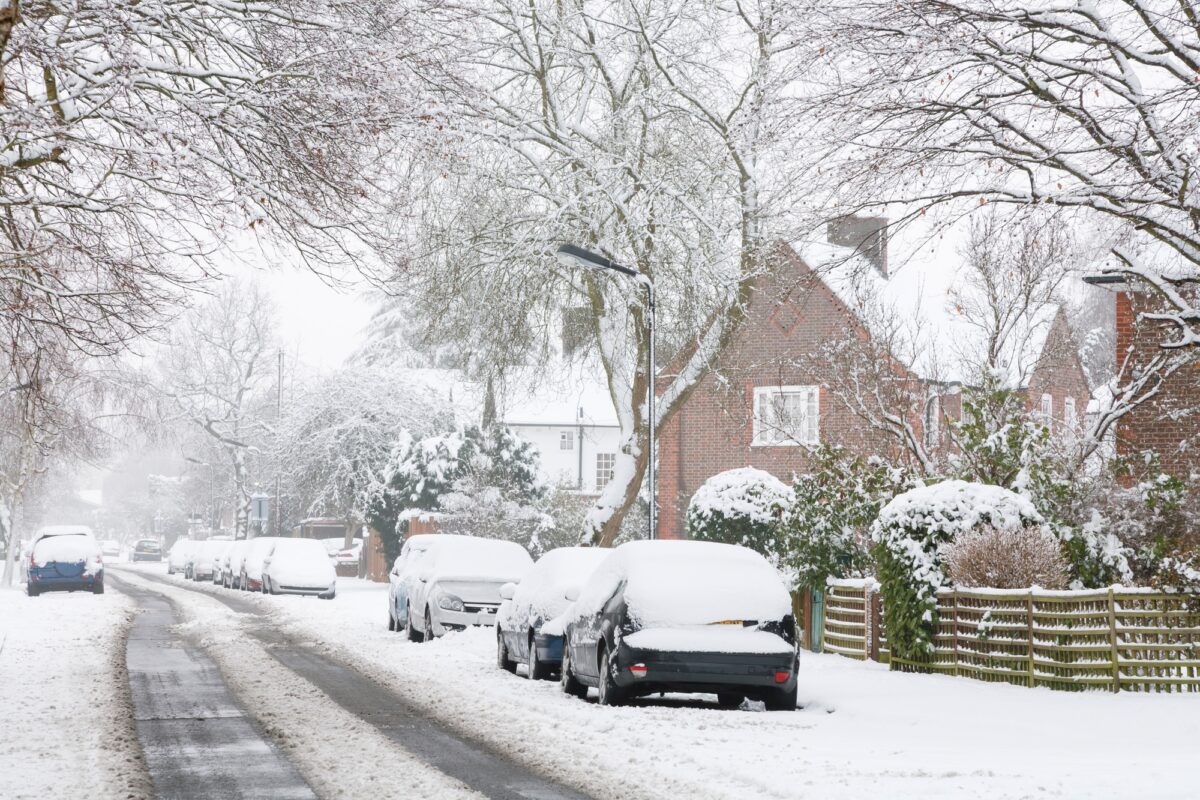Is there a trend of winters becoming colder?
Contrary to popular belief, the cold winters of recent years do not disprove global climate change. In fact, evidence suggests that Arctic winters are actually warming up. It’s important to distinguish between climate and weather – while weather is a short-term occurrence in the atmosphere, climate refers to long-term patterns. Scientists have observed that the Stratospheric Polar Vortex, a mechanism affected by climate change, is causing colder North American winters.
The winter storm that occurred from December 21 to 26, 2022, was a historic extratropical cyclone that caused blizzards, high winds, record snowfall, and extremely low temperatures across most regions of the United States and parts of Canada. The storm disrupted travel plans and caused power outages in many areas. It is considered one of the most severe winter storms in recent history, with some regions experiencing snowdrifts up to six feet high. The storm’s impact was felt from the Pacific Northwest to the Great Lakes region and down to the Gulf Coast. The National Weather Service issued numerous warnings and advisories throughout the affected areas in an effort to keep people safe.
The winter storm that occurred from December 21 to 26, 2022, was caused by a combination of factors. One of the primary causes was the extratropical cyclone, which developed in the Pacific Ocean and moved eastward across North America. This cyclone brought with it a significant amount of moisture and cold air, which combined to create blizzards and heavy snowfall. Additionally, the jet stream over North America had become weakened and wavy, allowing cold Arctic air to move further south than usual. The combination of these weather patterns led to the severe winter storm conditions experienced across much of the United States and parts of Canada during this time period.
In 2020, Texas was hit by an extreme cold wave, and in 2019, Chicago experienced similar conditions. The temperature in Chicago dropped so low that it was colder than the surface of Mars! It was even advised for people to avoid speaking outside as it could harm their lungs.
Are winters tending to become colder?
UK residents may recall the “beast from the east” snowstorm in 2018 that blanketed the entire country. All of these events were caused by the Stratospheric Polar Vortex – a massive ring of air spinning over the North Pole tens of kilometers above the Earth’s surface at a middle layer of the atmosphere called the stratosphere. This vortex is an extensive area of low pressure and cold air that typically resides near one of Earth’s poles. There are two polar vortexes in each hemisphere, but the one in the north garners more attention because it can envelop cities like Chicago. It’s usually held in place by a counterclockwise jet stream, which is a fast-moving river of air.
Summary
Overall, winters in Europe have been getting warmer over the past several decades. According to data from the European Environment Agency, average winter temperatures across Europe have increased by around 1.4°C (2.5°F) since 1990. This trend is consistent with global warming and is expected to continue in the coming years.
However, it’s important to note that this doesn’t mean that every winter will necessarily be warm or that cold spells won’t occur. Weather patterns can still cause fluctuations in temperature from year to year, even if there is an overall warming trend. Additionally, some regions may experience more significant changes in winter temperature than others due to local factors such as geography and weather patterns.

